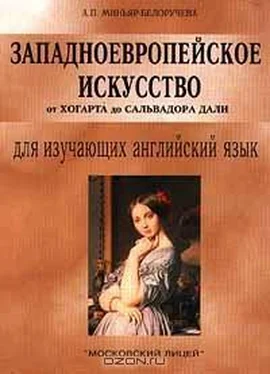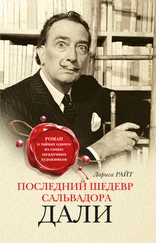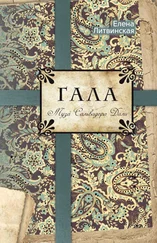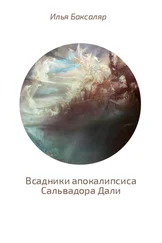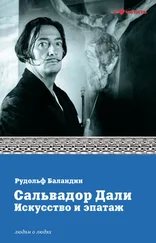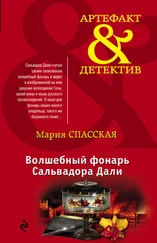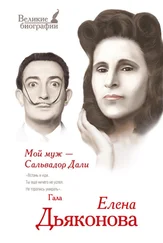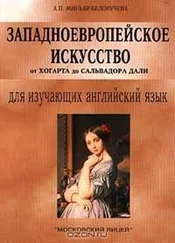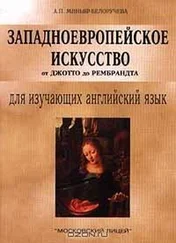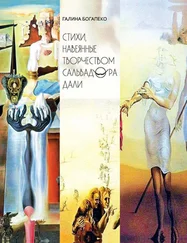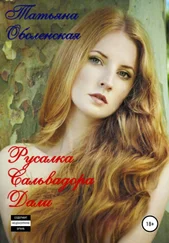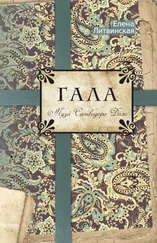Make sure you know how to pronounce the following words:
Camille Pissarro; paradise; Auguste Renoir; perpetual; Post-Impressionist; thoroughfare; companionship; acquaintance; Montmartre; boulevard [
Notes
Boulevard des Italien, Paris – Morning Sunlight – «Итальянский бульвар. Париж»
Les Grands Boulevards – «Большие Бульвары»
Le Moulin de la Galette – «Мулен де ла Галетт»
Charles Gleyre – Чарльз Глейр, швейцарский художник, в студии которого собирались импрессионисты
Tasks
I. Read the text. Make sure you understand it. Mark the following statements true or false.
1. Cezanne called Renoir «humble and colossal».
2. Pissarro, the most exciting and active of the group, never bothered with details.
3. Impressionist artists often worked side by side painting the same view of a street, a cafe, or a riverbank at the same moment of light and atmosphere.
4. Pissarro was the most exciting and active of the group.
5. At first Renoir was trained as a sculptor.
6. Pissarro exhibited with the Impressionist group until 1886.
II. How well have you read? Can you answer the following questions?
1. How is Camille Pissarro characterised?
2. What is depicted in the Boulevard des Italien, Paris – Moming Sunlight ?
3. What provided subjects for many Impressionist paintings? What is the fundamental theme of Impressionist paintings?
4. What is the best painting of the Impressionist highest point? What does it represent? Did the painter manage to surpass the beauty of this picture?
5. What were Renoir's perpetual themes? What were Renoir's goals? What did Renoir picture in Les Grands Boulevards ?
6. When did Renoir turn toward the Post-Impressionist style?
III. i. Give Russian equivalents of the following phrases:
an extremely gifted painter; the Impressionist group; to provide a technical foundation for; to record spots of colour; a great metropolitan thoroughfare; to work side by side; to paint the same view of a street; at the height of the phase of; the Impressionist movement; to capture a moment of high excitement; to make acquaintance; to surpass the beauty of the picture.
ii. Give English equivalents of the following phrases:
никогда не превзойти красоты картины; работать бок о бок; запечатлеть наиболее волнительный момент; очень талантливый художник; широкая магистраль крупного города; писать один и тот же городской пейзаж; обеспечить технической базой; зарисовывать пятна цвета; наивысший период творчества; познакомиться.
iii. Make up sentences of your own with the given phrases.
iv. Arrange the following in the pairs of synonyms:
a) to surpass; perpetual; to provide; paradise; fundamental;
b) Eden; essential; to exceed; to furnish; continuous.
IV Here are names of the painters and the titles of their works. Match them up Describe these works of art.
1. Pissarro
2. Renoir
a. Les Grands Boulevards
b. Le Moulin de la Galette
c. Boulevard des Italien, Paris – Morning Sunlight
V. Translate the text into English.
В картине «Бульвар Монмартр в Париже» Камиль Писсарро запечатлел один из красивейших бульваров столицы Франции. Этот пейзаж написан художником из верхних окон отеля. Зритель видит длинную улицу в день ранней весны. Деревья еще без листьев, видимо, только что прошел дождь. Благодаря свободным и быстрым мазкам художнику удалось передать живое ощущение улицы, заполненной пешеходами и потоком катящихся экипажей.
Огюста Ренуара называли «певцом счастья». Его искусство радостно и лучезарно. Пейзажная живопись мало увлекала Ренуара, в центре внимания живописца был человек. Художник оставил много портретов, главным образом женских. В них нет психологических углублений. Высоким живописным мастерством также отмечены созданные Ренуаром жанровые сцены и натюрморт с цветами.
VI. Summarize the text.
VII. Topics for discussion.
1. The methods of painting of Pissarro and Renoir.
2. The artistic heritage of Pissarro and Renoir.
Unit XIII Cezanne (1839-1906)
The leading painter of the late nineteenth century in France, one of the most powerful artists in the history of Western painting, was Paul Cezanne. Son of a prosperous banker in the southern French city of Aix-en-Provance, Cezanne never experienced financial difficulties. He received some artistic training in Aix. Cezanne arrived in Paris for the first time in 1861, but he never set up permanent residence there. At first Cezanne was interested m the official art of the Salons but soon achieved an understanding of Delacroix and Courbet, and before long of Manet as well, but his early works were Romantic. Only in the early 1870s Cezanne adopted the Impressionist palette, viewpoint, and subject matter under the tutelage of Pissarro. Cezanne exhibited his paintings with the Impressionists in 1874, 1877, 1882.
During most of his independent career Cezanne remained in Aix. His isolation from other artists helped him to concentrate on the formation of a new style of painting. Cezanne's mature style is often interpreted in the light of his celebrated sayings: «I want to do Poussin over again, from nature," «I wish to make of Impressionism something solid and durable, like the art of the museums," and «Drawing and colour are not distinct… The secret of drawing and modelling lies in contrasts and relations of tones.»
Among the subjects Cezanne repeatedly studied was Mont Sainte Victoire, the rocky mass that dominates the plain of Aix. His Mont Sainte-Victoire was painted about 1885-1887. Nothing indicates the time of the day or even the season. It neither rains nor snows in this landscape. Time is defeated by permanence. In this picture it is not clear where Cezanne places the observer. It is not certain where the tree is rooted. Some objects are identifiable as houses, trees, fields, but Cezanne's visual threshold is high and below that level nothing is defined. The effect of durability and massiveness is produced by a new use of the Impressionist colour spots. The landscape becomes a colossal rock crystal of colour – a cubic cross section of the world. Its background and foreground planes are established by branches and by the mountain whose rhythms they echo. The constituent planes embrace a great variety of hues of blue, green, yellow, rose, and violet. The delicate differentiation between these hues produces the impression of three-dimensional form. To construct form Cezanne has used the very colour patch the Impressionists had used ten years before to dissolve it. He has achieved from nature a construction and intellectual organisation much like that Poussin had derived from the organisation of figures, and made of Impressionism something durable, reminding us of the airless backgrounds of Giotto. Cezanne created a world remote from human experience. The beauty of his colour constructions is abstract, and it is no wonder that many artists of the early twentieth century, especially the Cubists, claimed him as the father of modern art.
Читать дальше
